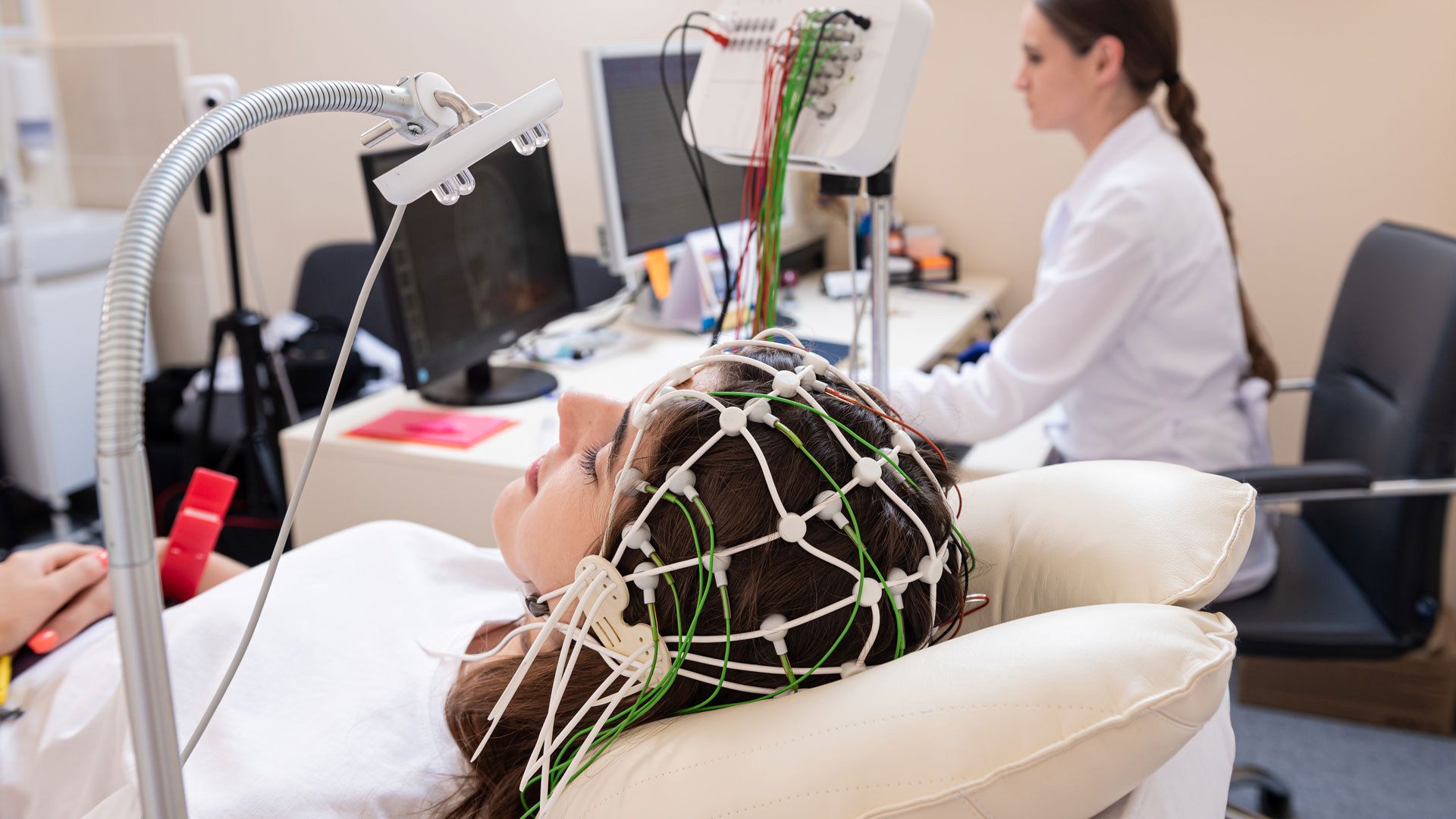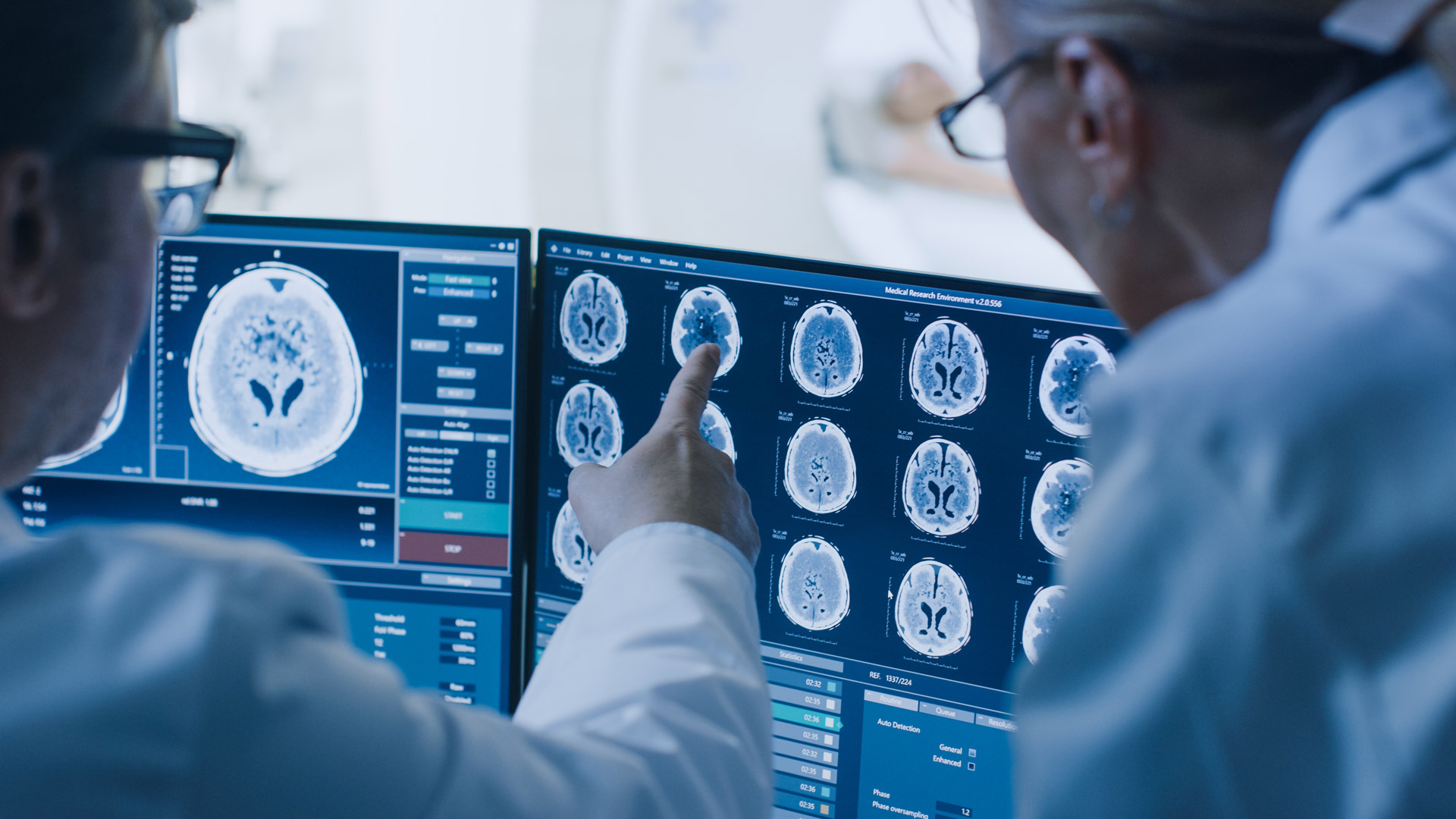
Software designed to help physicians’ sort through the complexities of making clinical decisions has been around for a long time — since the 1960s in fact. Unfortunately, the stop-start track- record of clinical decision support systems (CDSS) largely discouraged adoption. But more recently, with the increasing viability of deep learning and now the wake-up call from the ongoing Covid pandemic, the need for CDSS is more and more widely acknowledged, and the demand is rapidly increasing for systems that can augment what clinicians do well, and provide valuable guidance on things they don’t…
Clinical decision support system (CDSS) is an umbrella term that encompasses a broad range of functions and technologies. Functionality may extend from symptom checkers to medical imaging analysis.
Whatever the exact feature-set, at the core of every CDS solution is the representation of, and reasoning about, medical knowledge. They help clinicians by making sense of patient health records, symptom reports, and volumes of clinical data, distilling it all into actionable suggestions for patient evaluation, care, or treatment. CDSS allows care providers better cope with and manage existing knowledge and newly acquired data, identifying patterns that result in recommendations and ultimately better patient outcomes, more personalized care, fewer mistakes, and more deterministic care models.
By some estimates the volume of healthcare data around the world doubles every 72 days. Corralling that data to produce useful insights is a task well-suited to AI and CDSS. The still-evolving Covid pandemic has further highlighted the need to manage and evaluate high velocity data that can provide clues to treatment, prevention, and diagnostics.
The right software doesn’t usurp clinician control but does help bolster a conclusion or suggest reassessment by providing a second opinion.
Typically, CDS applications fall into one of two categories, either rule-based or machine-learning.
Choosing either or both of those paradigms is just one of many foundational design decisions that have become apparent from hard-learned lessons in an application space that is now finding significant traction in the real-world.
Among the first CDS platforms was the Leeds abdominal pain system. That was the late 1960s at University of Leeds in England, and the algorithm used Bayesian probability theory to infer possible diagnoses from reported symptoms.
More recently, researchers at Stanford University in California developed a system that produced successful therapy recommendations 69% of the time, about the same rate as clinicians. But not all that recently — that was in 1972, in an application called MYCIN, which was a rules-based expert system built partially with LISP, in an era when LISP based expert systems were the de facto standard.
Along with the success of MYCIN, expectations for AI rose in the public imagination, but that only made the disappointment of the next few years all the more striking. The difficulty of translating human expertise into computable rules was largely a manual process and follow-on expert systems, across multiple verticals, were unreliable at best. By 1975, with hardware not yet powerful enough to make neural networks practical, enthusiasm for AI dried up, and funding along with it.
Still, many lessons were learned from early CDS efforts, some that still apply today.
Fast-forward to today, and the hardware is fast catching up to the ambitions of AI software developers. If you’re exploring a CDSS development effort, take a look at some of the solutions in use today.
First Databank gives physicians informative messages through alerts within existing applications. It’s currently in use at thousands of ambulatory care facilities worldwide, delivering up-to-date drug information to physicians for active clinical decision support.
Medispan embeds drug reference knowledge into existing healthcare systems to support safe medication decisions to reduce the potential for drug prescription errors.
Allscripts offers clinical decision support tools for various physician care units including acute, ambulatory, emergency and surgical care. Allscripts focuses on providing physicians with cost-effective, interoperable clinical decision support through nearly 800 clinician-reviewed Care Guides.
Cerner clinical decision support software uses a nationally vetted set of evidence-based standards and criteria to give clinicians reliable guidance to ensure patients receive the proper treatment for their specific needs. Cerner offers clinical decision support for a range of healthcare services from advanced imaging and radiology to mobility and clinical workflow tools to allow for accurate ordering and prescription.
Elsevier offers a suite of clinical decision support tools to aid clinicians at the point of care. Their evidence-based medicine and prescription information provides clinicians with answers to any clinical questions, as well as drug decision support, predictive data analysis, and online training.
Truven Health Analytics offers hospitals evidence-based clinical decision support resources designed for integration into existing hospital EHR systems through APIs.
Zynx Health evidence-based tools offer clinicians information and workflow suggestions and facilitates collaboration between stakeholders and clinicians to improve clinical and financial outcomes.
The push for Clinical Decision Support Systems has been reinvigorated by wider availability of clinical data, wider adoption of digital records standards, and a new enthusiasm and recognition for the systems.
Adoption of EHRs is not the hurdle it used to be. International adoption is commonplace, most extensively in Norway, Finland, Singapore, United States, and Iceland, but to a significant extent in most of Europe and much of Asia…
It comes down to patient outcomes, that’s true, but entails some collateral benefits like reducing misdiagnosis, cutting medication effects, and potentially avoiding unnecessary and costly procedures.
The physician runs the show and makes the decisions, while the software supplies insights and additional data points to augment the human expertise. Far from replacing the clinician, the AI takes workload off them so they concentrate on what they do best, and more importantly, on the patient.



